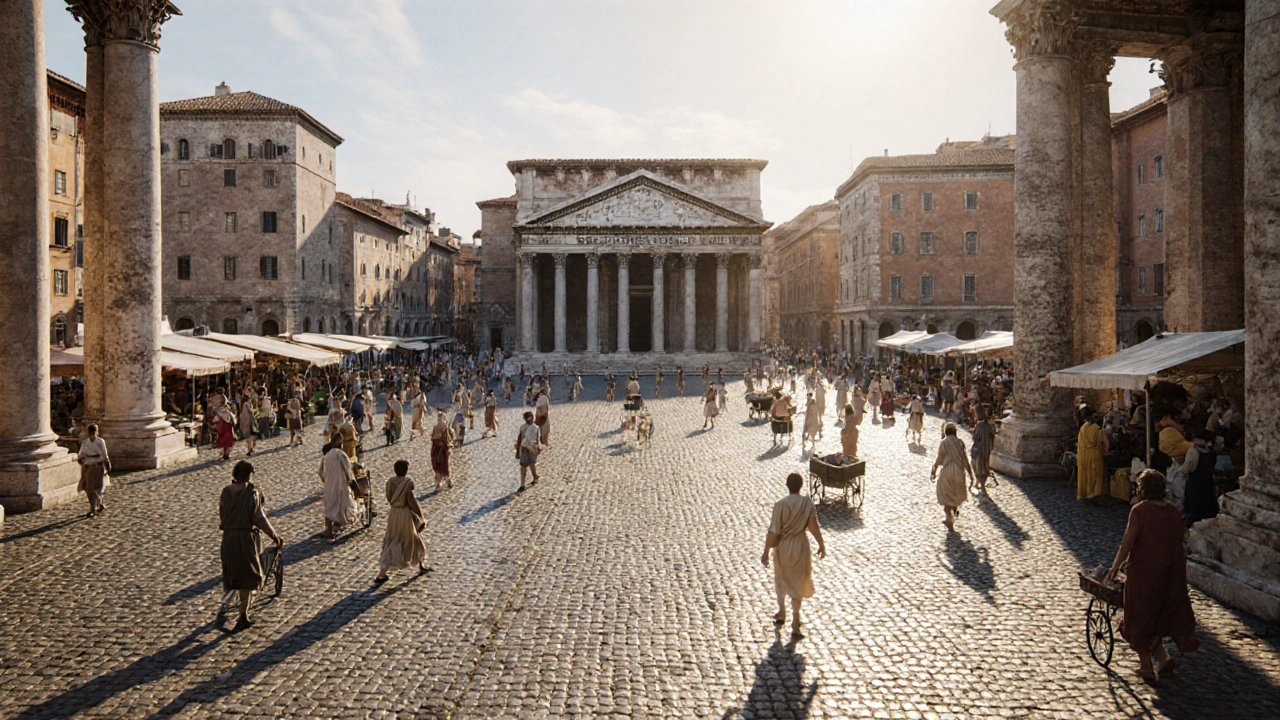Explore how ancient Roman architecture's grids, forums, aqueducts, and roads still guide modern urban planning, with practical lessons and real‑world examples.
Roman Forums – The Heart of Ancient Cities
When exploring Roman forums, the central public squares of ancient Roman towns. Also known as forum Romanum, they served as the social, political, and commercial pulse of the empire. Roman architecture, the building language that combined stone, concrete, and classical orders gave these spaces their lasting grandeur, while Roman engineering, innovations like arches, vaults, and drainage systems made them functional for crowds of thousands. The result is a template that still influences modern public spaces today.
Key Features of Roman Forums
Every public space, whether ancient or contemporary follows a set of principles: clear hierarchy, accessibility, and mixed uses. Roman forums embodied these ideas through a rectangular layout anchored by a basilica, a temple, and a curving colonnade. The forum's design demanded advanced engineering – the massive concrete foundations supported multi‑level porticoes, and the sophisticated sewer networks kept the ground dry during rain. This engineering prowess allowed merchants, jurists, and senators to mingle, creating a vibrant civic atmosphere that modern city planners still try to replicate.
Beyond the physical structures, Roman forums reflected social hierarchy. A senate house sat at one end, symbolizing political power, while markets and tabernae lined the sides, catering to everyday commerce. The open central space hosted triumphal processions, speeches, and public trials, making the forum a stage for both celebration and conflict. Such multifunctionality is a hallmark of effective urban design: it encourages foot traffic, supports economic activity, and fosters community identity.
These ancient squares also acted as educational labs. Architects studied the proportional systems of Vitruvius, while engineers experimented with new pozzolanic concrete mixes that could set underwater. The result? Structures like the Forum of Trajan, with its soaring arches, stood the test of time. Modern architects still reference these solutions when designing large‑scale civic projects, proving that the lessons of Roman forums remain relevant.
In the collection below, you’ll find deep dives into related styles and techniques – from the drama of Baroque architecture to the sleek logic of Constructivist design. Each article connects back to the core ideas that made Roman forums so influential: robust engineering, adaptable public spaces, and timeless architectural language. Ready to see how these ancient concepts echo across history? Explore the posts and discover the lasting impact of Roman forums on the built world.

